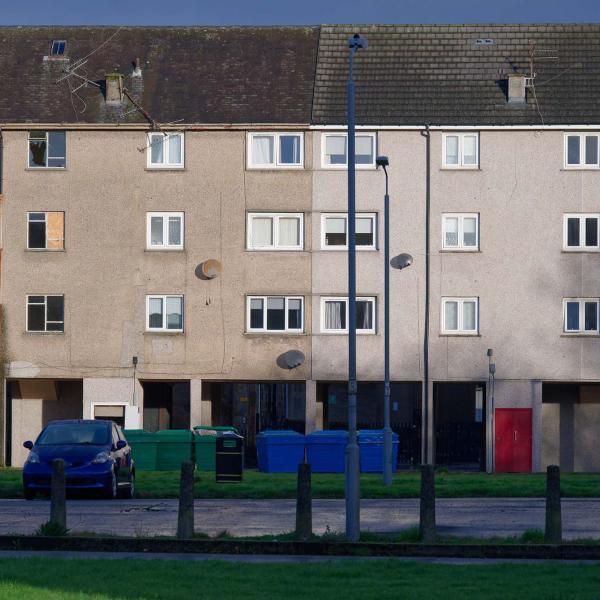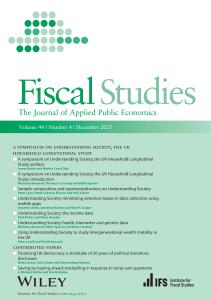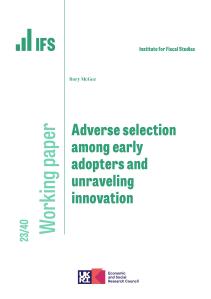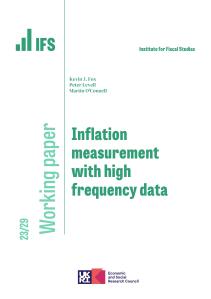Downloads

WP201804.pdf
PDF | 1007.05 KB
The Hamilton method for estimating CPI bias is simple, intuitive, and has been widely adopted. We show that the method conflates CPI bias with variation in cost-of-living across income levels. Assuming a single price index across the income distribution is inconsistent with the downward sloping Engel curves that are necessary to implement the method. We develop and implement the Translated Engel curve (TEC) method that disentangles genuine CPI bias from differences caused by comparing changes in the cost of living across different income levels - non-homotheticity. The TEC method gives substantially different estimates of CPI bias prior to major reforms to the CPI in 1999 (post-Boskin), but both methods suggest very little CPI bias thereafter.
Authors

Research Fellow University of Michigan
Tom is a Research Fellow at IFS, a Research Professor for the Institute for Social Research at the University of Michigan.

Research Associate University of Minnesota

Research Associate Stockholm University
Ingvild, a Research Fellow, is a Professor of Economics at the Stockholm University and Principal Investigator at the Centre of Excellence FAIR.
Working Paper details
- DOI
- 10.1920/wp.ifs.2018.W1804
- Publisher
- The IFS
Suggested citation
I, Almås and T, Beatty and T, Crossley. (2018). Lost in translation: What do Engel curves tell us about the cost of living?. London: The IFS. Available at: https://ifs.org.uk/publications/lost-translation-what-do-engel-curves-tell-us-about-cost-living (accessed: 30 June 2024).
More from IFS
Understand this issue

The economic stories that will shape 2024
5 January 2024

The materials that shape our economy
13 September 2023

Don’t cheer end of earnings squeeze: there is more pain to come
19 June 2023
Policy analysis

Tax and public finances: the fundamentals
23 August 2023

Stubborn inflation puts PM's target in jeopardy
16 August 2023

Living standards since the last election
21 March 2024
Academic research

Saving by buying ahead: stockpiling in response to lump-sum payments
2 February 2024

Adverse selection among early adopters and unraveling innovation
18 December 2023

Inflation measurement with high frequency data
18 October 2023